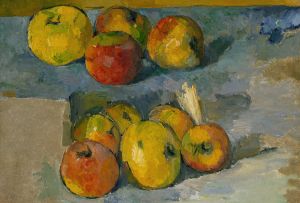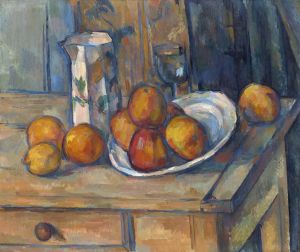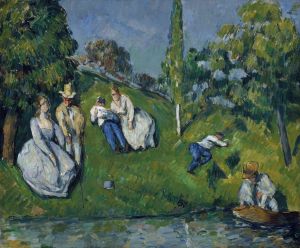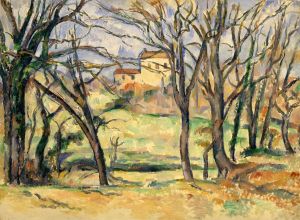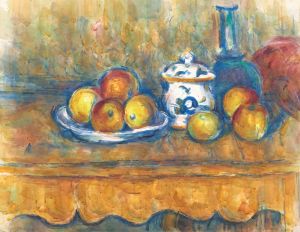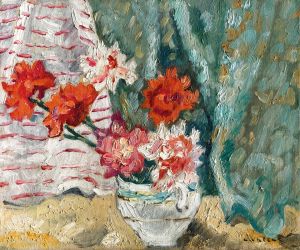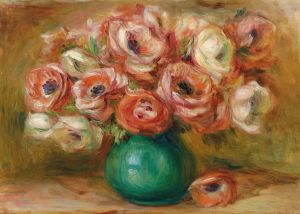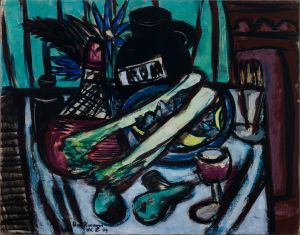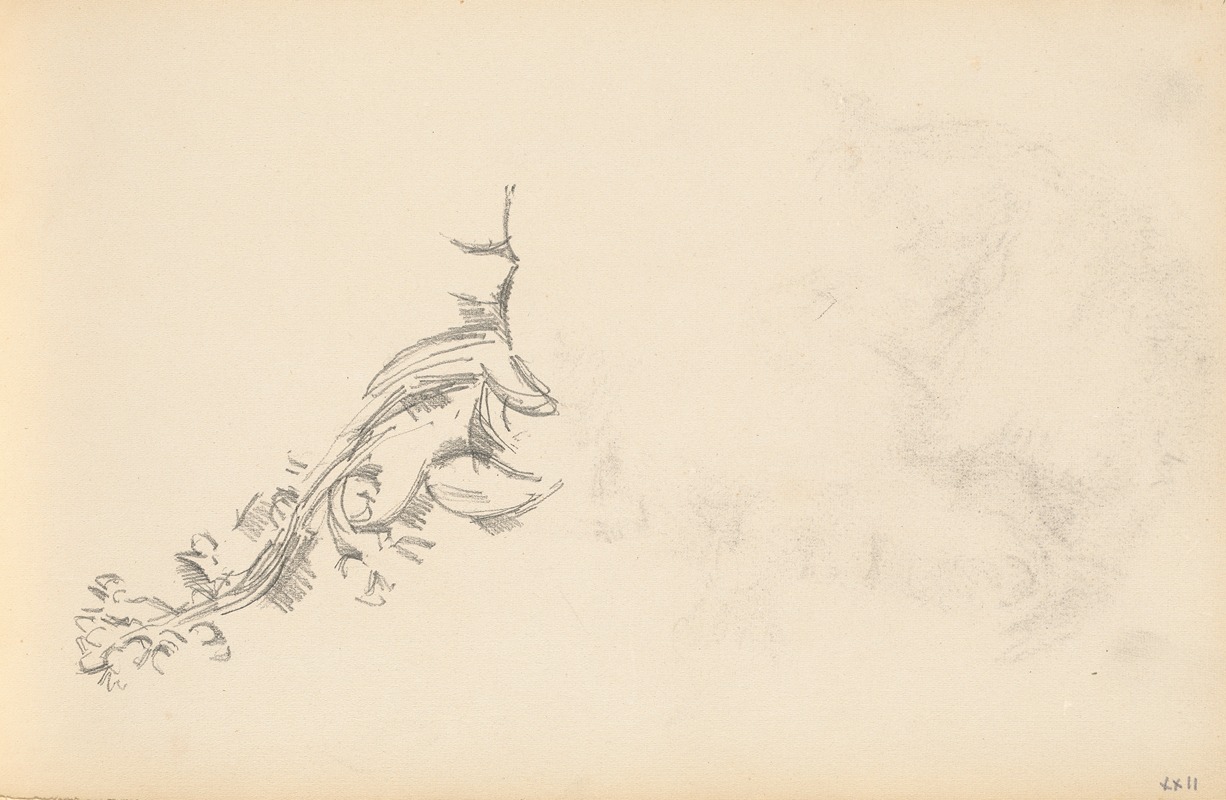
Branch in Flower
A hand-painted replica of Paul Cézanne’s masterpiece Branch in Flower, meticulously crafted by professional artists to capture the true essence of the original. Each piece is created with museum-quality canvas and rare mineral pigments, carefully painted by experienced artists with delicate brushstrokes and rich, layered colors to perfectly recreate the texture of the original artwork. Unlike machine-printed reproductions, this hand-painted version brings the painting to life, infused with the artist’s emotions and skill in every stroke. Whether for personal collection or home decoration, it instantly elevates the artistic atmosphere of any space.
Paul Cézanne's "Branch in Flower" is a notable work within the oeuvre of the French Post-Impressionist painter, who is often credited with laying the groundwork for the transition from 19th-century artistic concepts to a radically different world of art in the 20th century. While specific details about "Branch in Flower" are limited, it is essential to understand the broader context of Cézanne's work and his influence on modern art.
Cézanne was born on January 19, 1839, in Aix-en-Provence, France. He initially pursued a career in law, as per his father's wishes, but eventually moved to Paris to follow his passion for painting. In Paris, he became associated with the Impressionists, a group of artists who sought to capture the effects of light and color in their work. However, Cézanne's approach to painting diverged from the Impressionists, as he focused more on form and structure.
"Branch in Flower" is a part of Cézanne's exploration of still life and nature, subjects he frequently revisited throughout his career. His still lifes are renowned for their complex compositions and the way they challenge traditional perspectives. Cézanne's technique involved building up color with small brushstrokes, creating a sense of depth and volume. This method allowed him to explore the underlying geometry of natural forms, a characteristic feature of his work.
Cézanne's interest in depicting nature is evident in his numerous paintings of trees, flowers, and landscapes. He often painted en plein air, or outdoors, which allowed him to observe the natural world closely. This practice was crucial in developing his unique style, which emphasized the solidity and permanence of objects in contrast to the fleeting impressions captured by his contemporaries.
"Branch in Flower" likely exemplifies Cézanne's ability to convey the essence of his subject matter through careful observation and a meticulous approach to composition. His work often features a harmonious balance between color and form, inviting viewers to appreciate the subtle interplay of light and shadow.
Cézanne's influence on modern art cannot be overstated. Artists such as Pablo Picasso and Henri Matisse regarded him as a pivotal figure in the development of Cubism and Fauvism, respectively. His emphasis on the structural aspects of painting and his innovative use of color and form inspired countless artists to explore new directions in art.
While specific information about "Branch in Flower" is scarce, the painting can be appreciated as part of Cézanne's broader artistic legacy. His work continues to be celebrated for its profound impact on the art world, bridging the gap between Impressionism and the more abstract movements that followed.
In summary, "Branch in Flower" reflects Paul Cézanne's enduring fascination with nature and his revolutionary approach to painting. Through his exploration of form and color, Cézanne paved the way for future generations of artists, leaving an indelible mark on the history of art.






